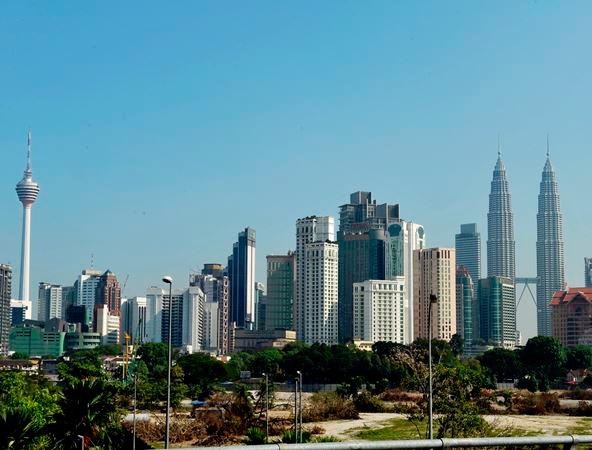PETALING JAYA: Standard Chartered Global Research (StanChart) has lowered its 2019 gross domestic product (GDP) growth forecast for Malaysia to 4.6% from 4.9%, due to impact from a poor external environment.
“While resilient private consumption should buffer the economy against external uncertainty, growth is not immune to the poor external environment. Also, the domestic mining sector has failed to recover as expected this year,” it said in its economic outlook report for the third quarter of the year (3Q19).
The revised GDP forecast is within Bank Negara Malaysia’s growth projection range of 4.3-4.8%.
The research house highlighted that private consumption rose 7.6% year-on-year (yoy) for 1Q19, contributing 96% to Malaysia’s 1Q19 4.5% GDP growth. On the other hand, investment fell 3.5% yoy amid soft public-sector spending and mining contracted 1% year-to-date (ytd) as supply disruptions continued.
Stanchart said ongoing tax refunds would also provide support for consumption. As of end-April, about RM17.1 billion of goods and services tax and income tax refunds have been paid out.
That said, it expects private consumption to moderate from last year’s pace of nearly 8% given the high base and signs of moderation in the labour market, as employment eased to 2% yoy in April and vacancies to job seekers ratio fell to 1.6 times.
“We estimate that wage growth slowed to 4.9% yoy in April,” it said.
According to StanChart, Malaysia’s small size and open nature with a trade-to-GDP ratio of 128% means it is exposed to global trade weakness. Note that total trade in GDP terms fell 0.6% yoy in 1Q19, the biggest drop since September 2016.
Although it is outperforming regional peers in some export categories, overall export performance is still weaker than in 2018.
In addition, the construction sector is also slowing, with the construction of residential buildings contracting for a fifth consecutive quarter in 1Q19 and residential property inventory still at a multi-year high of 28 months.
“The resumption of large infrastructure projects, such as the East Coast Rail Link, may help. But given the poor economic outlook, we expect investment growth to remain soft,” it said.
For 2019, the research house maintained its average consumer price index inflation forecast of 1%. It expects inflation to pick up in the second half of the year as the net deflationary impact of last year’s tax changes begin fading from June 2019.
“Sales and service tax pass-through in the coming months may also provide support, although pass-through has been subdued so far,” it said.
It said that lower global oil prices would post a downside risk to its inflation forecasts while the government’s decision to cap prices for RON95 fuel at lower levels should also put a lid on inflation.
Meanwhile, Bank Negara Malaysia is expected to remain neutral and watchful for now, after cutting the overnight policy rate in May.
“While downside risks to growth remain, we think the May cut was pre-emptive, and we expect the central bank to stay on hold. The July monetary policy statement suggests a neutral stance for now,” said StanChart.
Although external challenges have kept growth sentiment cautious, it expects Malaysia’s economy to remain healthy in 2019, on the back of a robust labour market which would support domestic growth momentum while stable core inflation suggests a limited need for a rate cut.
“Meanwhile, our Monetary Conditions Index for Malaysia points to looser conditions following the policy rate cut and an improvement in money supply growth.”
It maintained its neutral short- and medium-term weighting on the ringgit and its forecasts of 4.15 and 4.20 for end-2019 and mid-2020.










